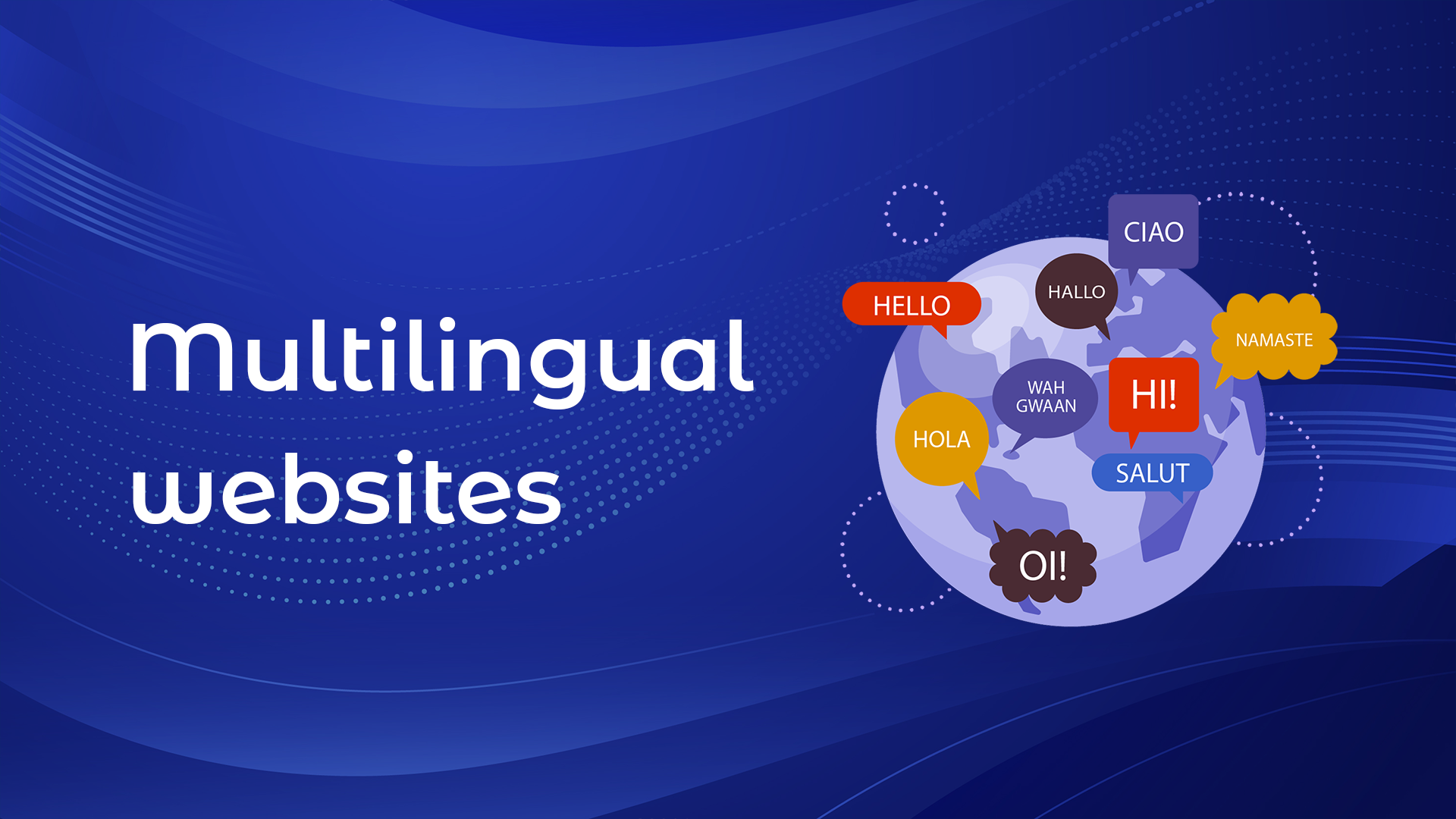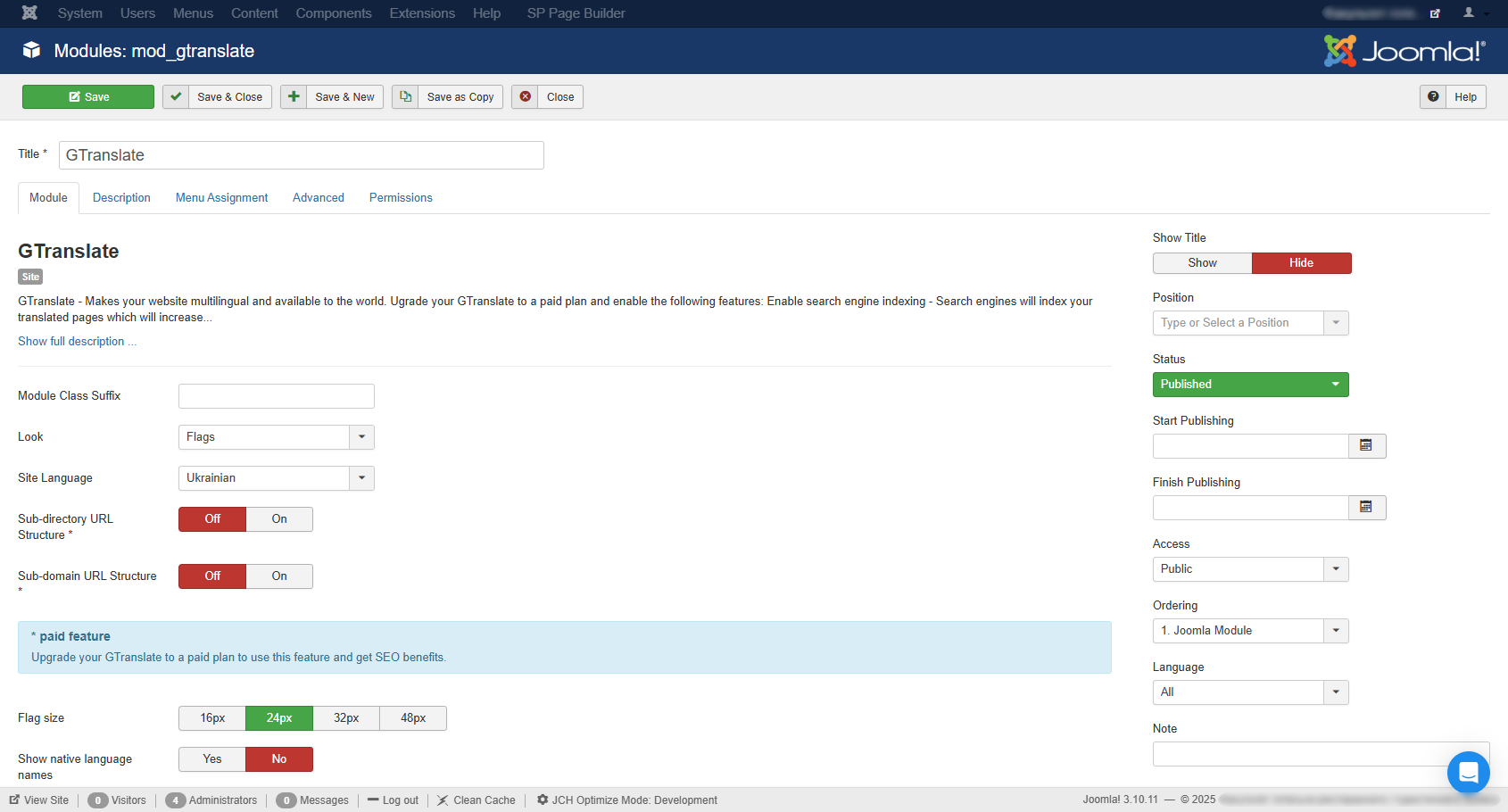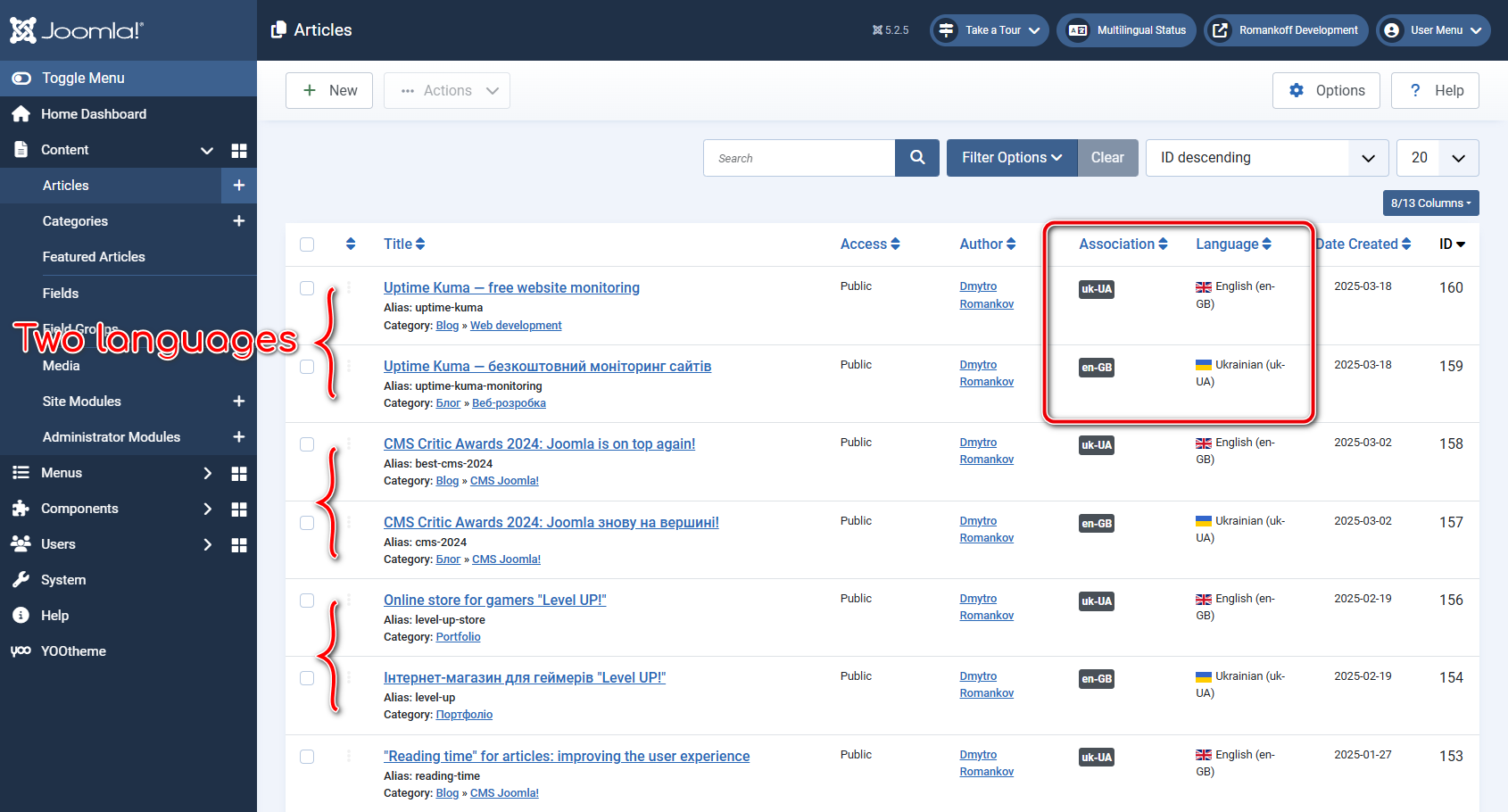Multilingual websites: advantages, disadvantages and ways to implement

Introduction to multilingual websites
A multilingual website is a resource that provides content in several languages. In the context of globalization, such sites are becoming more and more popular, as they allow companies to go beyond the local market and attract an international audience. However, implementing multilingualism requires a balanced approach, as it has its pros and cons. Let's take a look at the benefits and challenges of creating a multilingual website, as well as how to organize content translation.
Why use multiple languages?
Creating a multilingual website opens up many opportunities for project development. Here are the main advantages:
- Expanding the audience. Imagine that your website is available not only in English, but also in Spanish or French. This automatically makes it accessible to millions of new users around the world. The wider the reach, the more chances you have to attract visitors and potential customers.
- Improving the user experience. Users feel more comfortable when information is presented in their native language. This reduces barriers to understanding and helps them find the answers they need faster.
- Increase brand credibility. Companies that take care of localizing their content are perceived as more reliable and professional. This is especially important for international brands seeking to gain the trust of foreign audiences.
- Increase in conversions and sales. Localization of content directly affects sales. For example, if your online store offers products with descriptions in the customer's language, the likelihood of a purchase increases several times.
Difficulties when working with multilingual content
Despite the obvious advantages, multilingualism has its pitfalls. Here are the main difficulties:
- Technical implementation. Setting up a multilingual website requires additional efforts: from choosing the right CMS to organizing the URL structure correctly.
- Content support. Every new article or update has to be translated and verified, which takes time and resources.
- Quality of translation. If the translation is poorly done, it can lead to misunderstandings or even negative perceptions of your brand.
- SEO optimization. For each language section, you need to conduct a separate SEO optimization to avoid duplication of content and ensure high search engine rankings.
Ways to create a multilingual website
There are two main approaches to content translation: automatic and manual. Let's take a look at their features.
Automatic translation — is a quick and affordable way to make your website available in several languages.
By the way, there are special extensions for content management systems such as Joomla that make it easy to translate website pages automatically.
You can also use the Google Translate API to integrate built-in translators. This method is especially useful for sites with a large amount of content where it is important to quickly cover multiple languages. However, the translation quality often leaves much to be desired, especially if the text contains specific terms or cultural references.

Manual translation, on the other hand, requires more time and money, but the result is worth it. Professional translators take into account not only grammar, but also the peculiarities of the target audience, which makes the content more natural and understandable. This approach is especially important for websites operating in niches where translation accuracy is critical, such as legal or medical services.

Best practices for multilingual website SEO
For a multilingual website to be successfully promoted in search engines, it is important to follow a few key rules:
- Use hreflang meta tag. It helps search engines understand what language each version of a page is written in. This allows you to avoid confusion and show users the correct version of the site.
- Organize your URL structure. You can use subdomains (for example, en.example.com), folders (example.com/en/), or individual domains (example.fr). The choice depends on your technical capabilities and project goals.
- Avoid duplicating content. Search engines can penalize websites for the same text in different languages. To avoid this, create unique texts for each language version, adapting them to the cultural characteristics of the audience.
Is it worth investing in localization?
Multilingualism is a powerful tool for expanding the audience and increasing the effectiveness of a website. It allows companies to enter the international market and build long-term relationships with foreign customers. However, its implementation requires a careful approach: from choosing a translation method to competent SEO optimization.
If your budget is limited, start with automatic translation, but remember that the quality of content directly affects user trust. For long-term projects, it is better to choose manual translation and careful localization.
In any case, multilingualism is an investment in the future of your website. If you are ready to spend time and resources on its implementation, the results will not be long in coming.
Frequently asked questions
- What is a multilingual website?
A multilingual website is a web resource that provides content in several languages. This approach allows you to attract an international audience and improve interaction with users from different countries.
- What is better: manual or automatic website translation?
Automatic translation is faster and cheaper, but the quality can be poor, especially for complex texts. Manual translation is more accurate and natural, which is especially important for professional niches such as legal or medical.
- Does multilingualism affect SEO?
Yes, multilingualism affects SEO. If implemented correctly, it helps to improve website visibility in different regions. However, it is important to avoid duplicating content and use the hreflang meta tag for proper indexing, as it helps search engines determine which language each version of the page is written in. This allows you to show users the appropriate language version of the site depending on their region or preferences.
Comments: 0
Only logged in users can comment